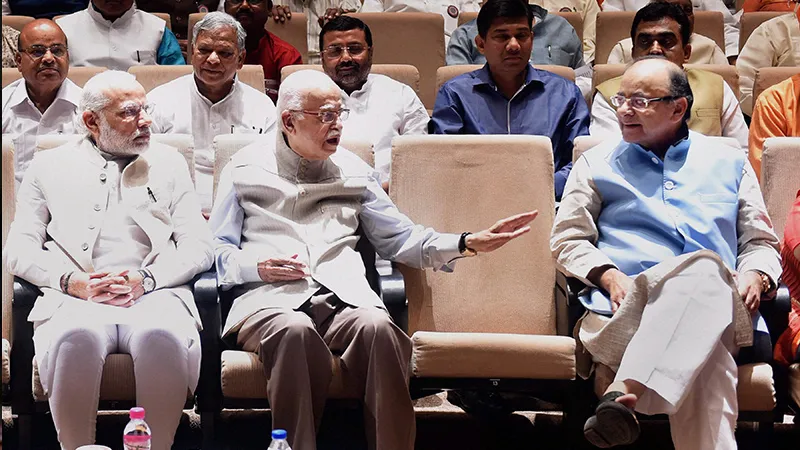The hype surrounding the Union Budget is an Indian oddity given that the document is primarily the Government’s revenue and expenditure statement containing few policy directions. Nevertheless, for the BJP-led NDA Government, the Budget was an opportunity to regain lost ground on the reforms front. But the big question is: Will the Budget deliver on economic growth and ease of doing business as well as boost domestic demand and infrastructure development?
The inadequacy of quality infrastructure in India at internationally competitive prices has long been recognised as a handicap to economic development. Given this Government’s focus on mass manufacturing for job creation through the Make in India programme, it was imperative that the Budget address issues that constrain the infrastructure sector. Hence, the Budget gives a substantial boost to infrastructure development by increasing allocation to $33 billion (excluding railways), of which $14.5 billion has been allocated for roads and highways alone. The port sector also got much attention. Union Minister for Finance Arun Jaitley said that new greenfield ports will be developed on the east and west coasts. In the aviation sector, an action plan has been proposed for the revival of un-served and under-served airports in partnership with State Governments. Also efforts will be made to revive small airports to improve regional connectivity.
The Budget also provides $5.7 billion for the Mahatma Gandhi National Rural Employment Guarantee Act and $5.2 billion for agriculture to create rural infrastructure like irrigation canals etc. The allocation of nine billion dollars for recharging ground water and three billion dollars for irrigation will certainly help the agricultural sector and give stability to the farming community. The most crucial infrastructure element for the rural economy, which is predominantly agricultural in nature and absorbs more than 50 per cent of the total labour force, is irrigation. This Budget’s emphasis on irrigation infrastructure, alongwith power and water conservation, compliments the overall development strategy.
The other important expectation from the Budget was a set of measures to improve the ease of doing business. About 50 Amendments to the Companies Act, dealing with crucial aspects of business such as definitions, raising capital, audit, governance, management and penalty, have been proposed by a high level committee set up by the Government. One of them is the proposal to amend Companies Act of 2013 so as to enable company registration in a single day. This Amendment is necessary for the Government's flagship programmes like Make in India, Skill India,and Start-up India, Stand up India. Other proposals include a dispute resolution mechanism for public-private partnership in infrastructure sectors, additional tax tribunals, and passage of the Insolvency and Bankruptcy Code, 2015. The committee also recommended 100 per cent foreign direct investment in the food processing industry through the Foreign Investment Promotion Board.
Importantly, the Budget is in keeping with the Government’s fiscal consolidation plan — it sticks to the fiscal deficit number of 3.5 per cent, giving space to the Reserve Bank of India to cut policy rates. This will further release liquidity into the system and fuel domestic demand. Overall, this is a modest Budget with no major policy turnarounds but it provides relief to the stressed rural sector and aspires to put India back on a high growth trajectory.
This commentary originally appeared in The Pioneer.
The views expressed above belong to the author(s). ORF research and analyses now available on Telegram! Click here to access our curated content — blogs, longforms and interviews.




 PREV
PREV


